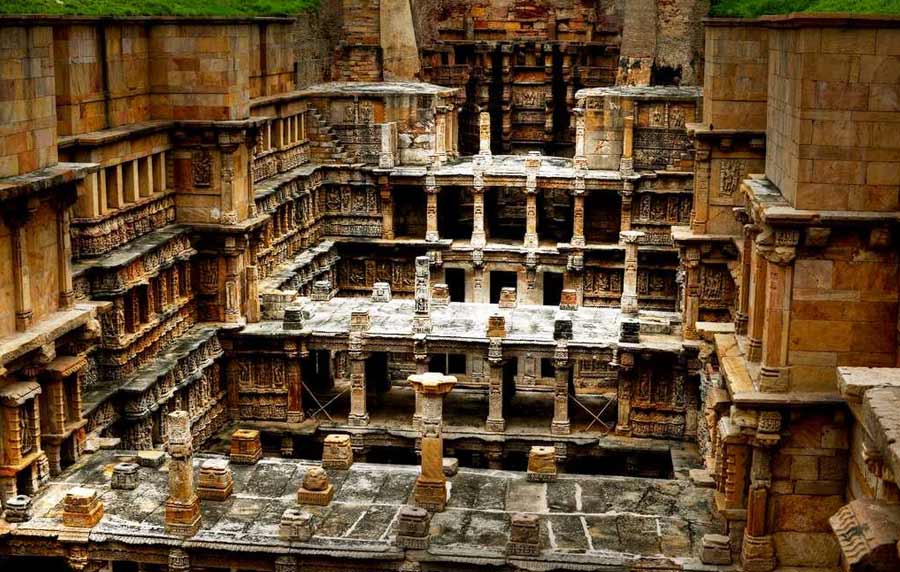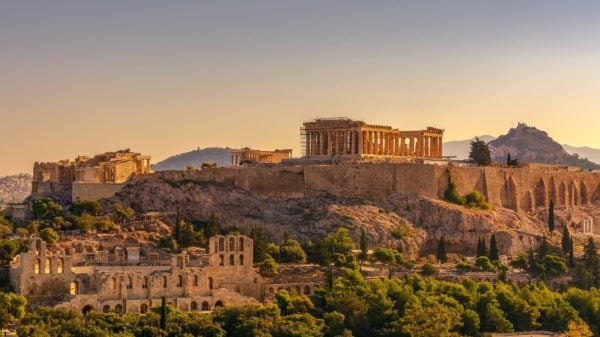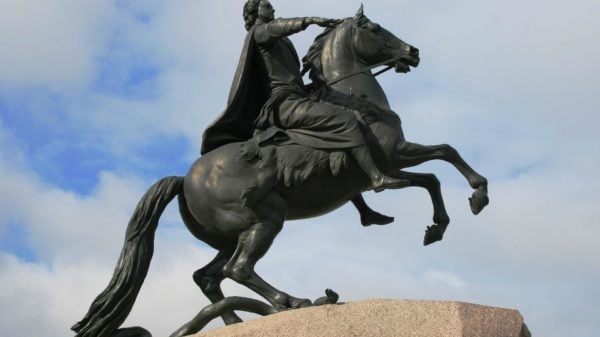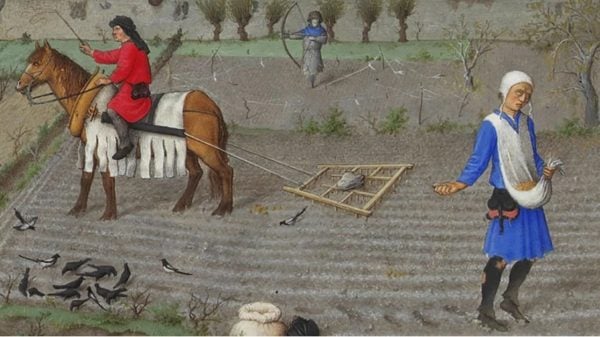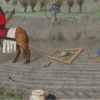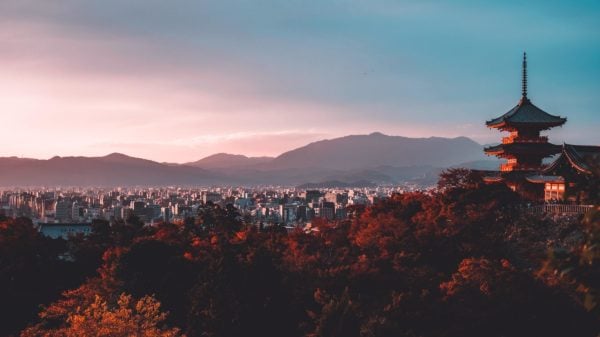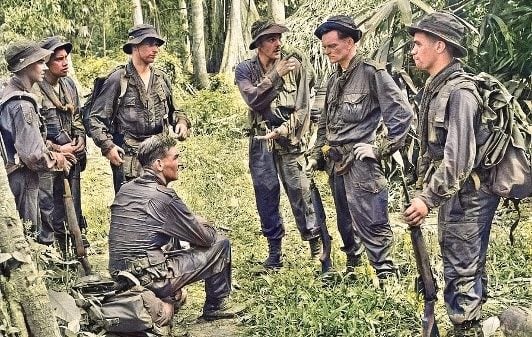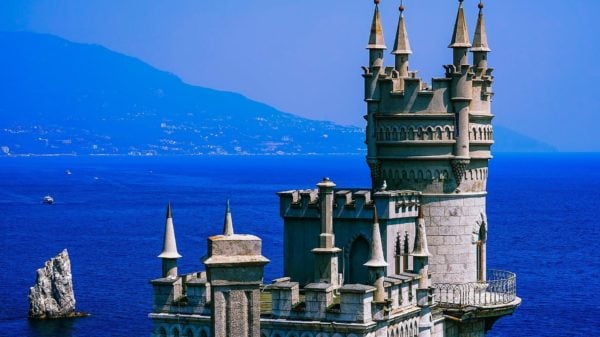If you are a world traveler, you may have noticed that different civilizations have iconic architectural landmarks. Egypt and other Mayan civilizations have their pyramids. China has its great wall while Greece has its Parthenon. India will not be left behind because its stepwells are considered one of the world’s architectural marvels.
What are Stepwells?
Stepwells, also known as baoris or Vav, are wells where the water level is reached through a series of descending steps. Stepwells are the main water source of the Indian civilization long before piped water is available. Stepwells feature an excavation that reaches depths in which the ground is always saturated with water. However, Indian stepwells are dug multiple stories downward where each story has a landing area where people way rest. Likewise, because India’s arid regions are dependent on monsoon, the stepwells were made with distinct levels depending on how high the water level has risen.
Historic Indian stepwells were mostly commissioned by royalty or wealthy patrons who want to provide water to their constituents. Stepwells were mainly used to harvest water for drinking, irrigation, bathing, and washing. On a regular day, you may see many Indian residents taking a bath or washing on the landing where the water level has reached.
However, during the British rule (1858 – 1947), many inferior stepwells were destroyed because the British deemed them to be unhygienic and breeding grounds for pathogens because of the number of people using them simultaneously. Only the more intricately designed stepwells were left preserved. One of them is the Queen’s Stepwell.
What is the Queen’s Stepwell?
Queen’s Stepwell, also known as the Queen’s Stepwell, was built in honor of an Indian king who died during the 11th century AD. The Queen’s Stepwell was designed to resemble an inverted temple highlighting the importance of water. The depth of Queen’s Stepwell is as deep as a seven-story building. This stepwell has over 500 major sculptures and more than 1000 smaller sculptures that feature religious and mythological characters that are often found in Indian literary masterpieces.
Queen’s Stepwell is located on the banks of the Saraswati River in Patan, Gujarat. Queen Udayamati commissioned this superstructure to honor her dead husband, King Chaulukya Bhimdev I.
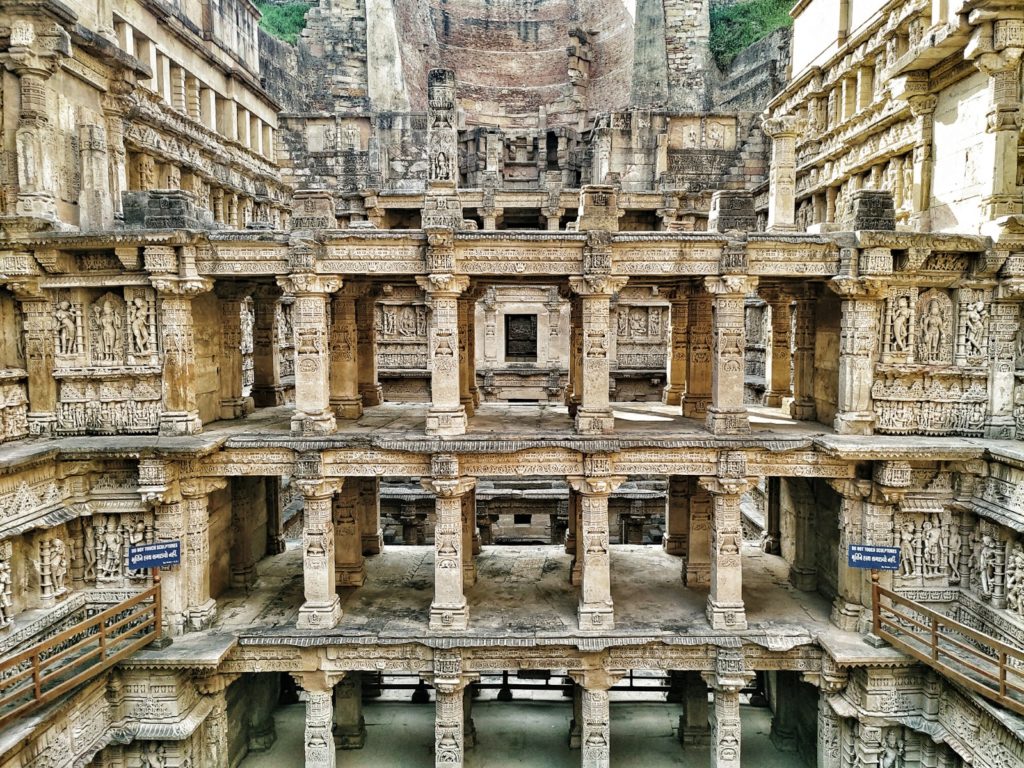
The Rani-Ki-Vav is as deep as a seven-story building
How the Queen’s Stepwell was Preserved
When the British rule decided to destroy what they deemed unhygienic facilities, the Queen’s Stepwell was excluded from destruction. This is because it was already buried by silt in the 13th century when the Saraswati River overflowed into the stepwell when it changed its course. The Queen’s Stepwell was only rediscovered in the 1940s by India’s Archaeological Survey (ASI). ASI started uncovering the superstructure in 1958, and the restoration was completed in 1988. Several people believed that the Vav was intentionally covered with silt and mud by the Solanki rulers to protect it against the destruction from invading armies.
Today, the Rani-Ki-Vav or the Queen’s Stepwell is one of the architectural structures named a World Heritage Site by UNESCO.


